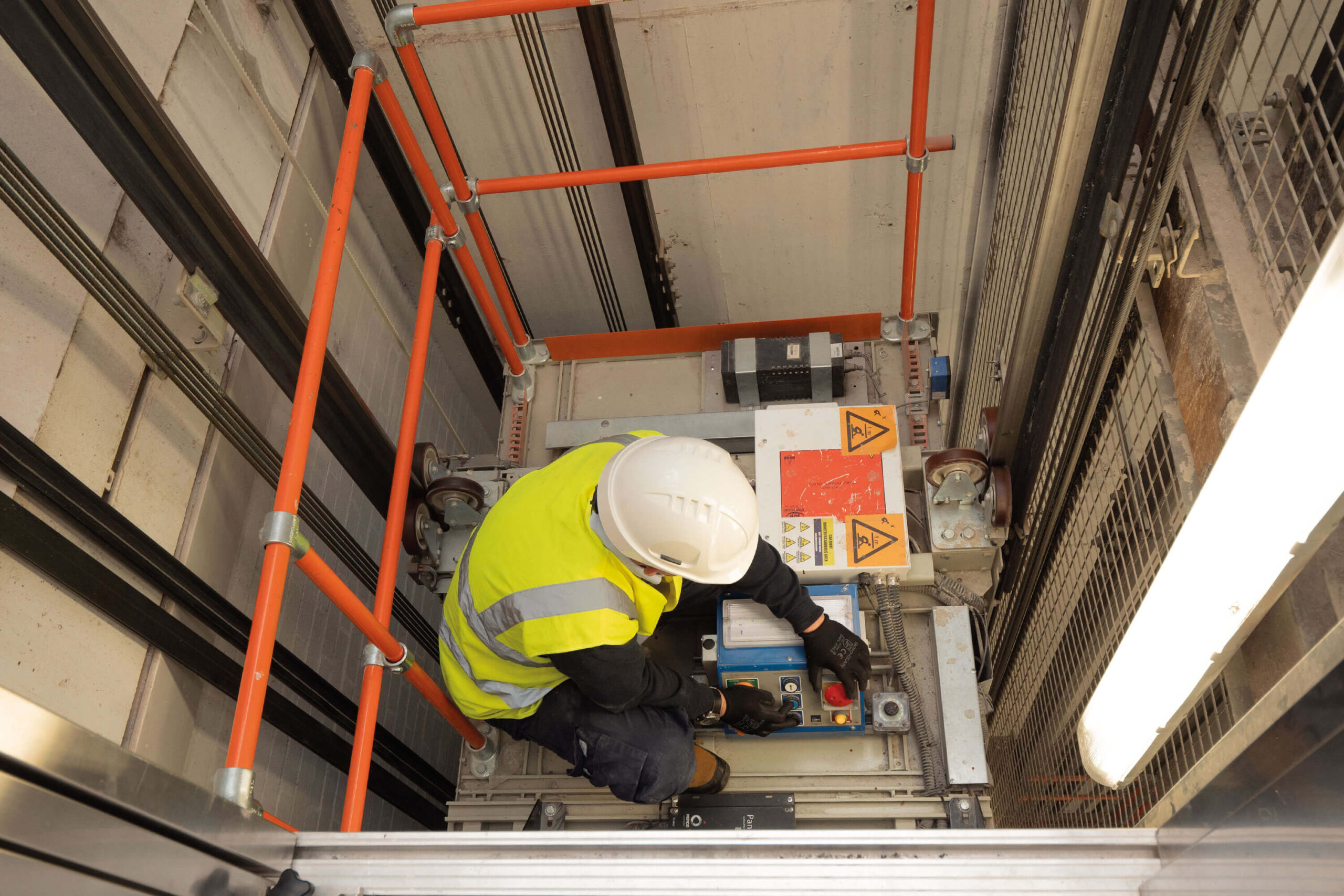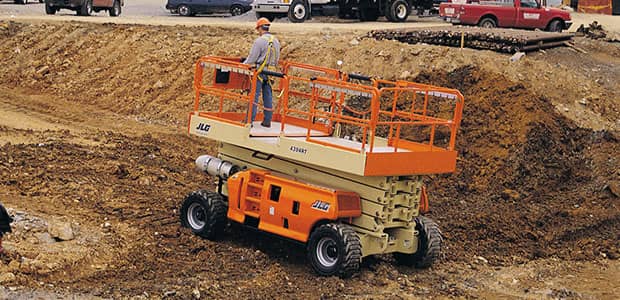Advanced Lift Modernization-- Upgrade Your Lifts for Better Efficiency and Security
Advanced Lift Modernization-- Upgrade Your Lifts for Better Efficiency and Security
Blog Article
Fixing Tips for Common Issues With Handicapped System Lifts
When it comes to making certain the smooth operation of handicapped platform lifts, coming across common issues can disrupt the functionality and ease of access they supply. Let's explore some practical tips to deal with these common problems and make certain the correct functioning of handicapped platform lifts.
Power Supply Issues
When experiencing power supply concerns with disabled system lifts, the initial step is to systematically assess and repair possible resources of power disturbance. If the power source is validated to be working, continue to check the power cord for any indications of damage or wear that can be triggering a disturbance in the power supply.

Control Board Troubles
Control board malfunctions on handicapped platform lifts can considerably impede their functional effectiveness and position safety risks to customers. The control panel acts as the central user interface for running the lift, allowing users to initiate movement, control speed, and take care of stops at different levels. When the control board runs into problems such as unresponsive switches, irregular behavior, or screen breakdowns, it can interrupt the whole lift operation.
One common problem with control panels is electrical faults, which may arise from wiring concerns, power rises, or component damage. These faults can trigger the control panel to malfunction or end up being less competent, making it difficult for customers to operate the lift safely. In addition, ecological aspects like wetness or extreme temperature levels can additionally influence the control board's performance, resulting in prospective failings.
To deal with control panel problems effectively, routine upkeep checks and inspections are crucial. Consistently cleaning the control board, examining wiring connections, and ensuring appropriate calibration can aid stop breakdowns and guarantee the lift runs smoothly. In instances of persistent problems, getting in touch with a qualified specialist for fixings or substitutes is recommended to maintain the lift's capability and security for individuals.

Platform Stuck or Jammed
In scenarios where the handicapped platform lift experiences a system stuck or jammed, immediate interest and proper troubleshooting are essential to guarantee the lift's functionality and individual safety. When running into a system that is stuck or jammed, the initial action is to stop any kind of recurring procedure of the lift to stop additional damages or safety dangers.
After recognizing and removing any address blockages, effort to manually move the platform to see if it frees up. If hands-on initiatives are not successful, refrain from utilizing extreme force as this could trigger damages to the lift mechanism. In such cases, it is advised to contact a qualified service technician or the lift manufacturer for professional aid in solving the problem. Trigger and appropriate resolution of a stuck or jammed system is see this site vital to keep the lift's functional performance and make certain user safety and security.
Safety Sensing Unit Breakdowns
A crucial element of handicapped system lifts, safety and security sensing units play an essential function in guaranteeing individual defense and lift procedure. If repairing the sensors does not deal with the concern, get in touch with a qualified technician to carry out a comprehensive evaluation and repair service to preserve the lift's safety and security and performance. Regular upkeep and prompt resolution of safety sensing unit malfunctions are essential for the secure operation of disabled system lifts.
Uncommon Noises or Motions
When operating a disabled system lift, being mindful to any kind of uncommon noises or movements is critical for determining possible problems that might affect its efficiency and safety and security. Unusual sounds, such as grinding, screeching, or clunking audios, might suggest troubles with the lift's mechanical components, such as worn-out equipments, loosened screws, or damaged bearings. These concerns, if left unaddressed, may result in malfunctions and even complete failure of the lift.
Likewise, unusual motions of the system, such as jerking, trembling, or unexpected stops, must not be ignored (lift modernization). These movements could be a sign of electric concerns, hydraulic system problems, or abnormalities in the lift's programming. Without delay exploring and dealing with these unusual motions can protect against accidents and ensure the ongoing secure procedure of the platform lift
In case of experiencing uncommon sounds or activities, it is a good idea to stop utilizing the lift quickly and call a certified professional for maintenance. Normal maintenance and prompt troubleshooting of any type of uncommon indicators can aid extend click the life-span of the disabled platform lift and make certain the security of its individuals.
Conclusion
In verdict, troubleshooting usual issues with disabled system raises requires recognizing and attending to power supply issues, control board concerns, system jams, security sensing unit breakdowns, and unusual noises or motions. By following appropriate maintenance and repairing procedures, users can ensure the safe and efficient operation of system lifts for people with impairments.
Report this page